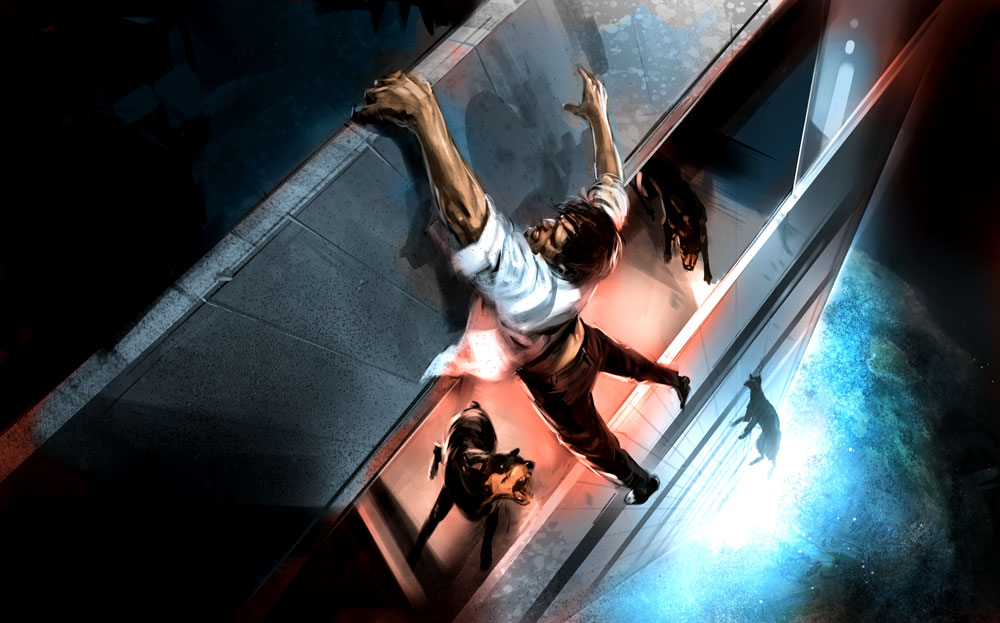The Steve Show
I think everyone knew that Steve Jobs wasn’t long for this earth in those last days. The poor guy looked awful, but when you saw him you’d immediately convince yourself that he maybe had five years left, maybe ten. At least that’s what I did. I did it, and I really don’t care that much about Apple products.
Then the other day the Missus walks into my office and tells me that he’s dead. What a drag that was.
I can’t lie about this. I didn’t, and still don’t get stuff like the iPhone. I have no idea why someone would need that much stuff in their pocket at the beck-and-call of their fingertips. The device strikes me as a particularly elaborate leash. The first time I saw the demonstration of the iPod I was sure it would be a flop. Didn’t exactly call that one. I’ve used, for a period of months, a device that was to put it lightly, heavily derived from the iPad. While it was nice to be able to surf the internet and play old SNES games while lying on the couch, I found that it had very few practical uses that weren’t better served by a pad of paper and a pen. Furthermore, I don’t have much appreciation for MacOS. Believe it or not, while I’m not teaching people how to make video games I’m a graphic designer. Most designers work on Macs, sure, but most production shops use Windows-based hardware. Most everybody outside of highly specialized cul-de-sacs (like graphic design) use Windows based hardware. You remove MacOS and you take a step towards consensus, which just makes everyone’s life easier.
So there. I’ve cemented my credentials as someone who’s life certainly doesn’t pivot on the fulcrum of anything that Apple made. Nevertheless, Steve Jobs had an effect, a positive effect, on things that I do everyday. Computers are easy to use today largely because of Steve Jobs. Anyone who rolls their eyes at that ought to spend a few minutes looking at a C-prompt and get back to me. The way humans operate computers is starting to change dramatically again, mainly because Steve Jobs saw the potential represented by touch screens. As a game developer looking at products like Superbrothers Sword & Sworcery or Infinity Blade, it’s very hard to argue with the man’s vision.
Possibly most notable was the way that Steve Jobs ran Apple. Who’s the CEO of Goldman Sachs? What about Monsanto, who runs that place? Dow Chemical? Any clue? Most huge corporations hide from people. Its in their interest that no one has any idea what they’re doing. You could point out the obvious and say that hiding is a bad option for Apple since they’re a consumer-based company, but so is McDonald’s and that’s never stopped them from engaging in less-than-ethical business practices. Who’s their CEO? Steve Jobs was the face of Apple. He got out there and put his own name on every single thing that Apple did every single day. Most CEOs won’t put their name on what their company does day-to-day. That ought to tell you something about them, and about Steve Jobs.
So adios, Steve. The whole world probably could have used another five years of your time, but I ain’t gonna argue if you had somewhere else to be.


 In a February 2010 presentation, Jane McGonigal,
In a February 2010 presentation, Jane McGonigal,  TED Talks It’s been 25 years since the first PC virus (Brain A) hit the net, and what was once an annoyance has become a sophisticated tool for crime and espionage. Computer security expert Mikko Hyppönen tells us how we can stop these new viruses from threatening the internet as we know it.
TED Talks It’s been 25 years since the first PC virus (Brain A) hit the net, and what was once an annoyance has become a sophisticated tool for crime and espionage. Computer security expert Mikko Hyppönen tells us how we can stop these new viruses from threatening the internet as we know it.
